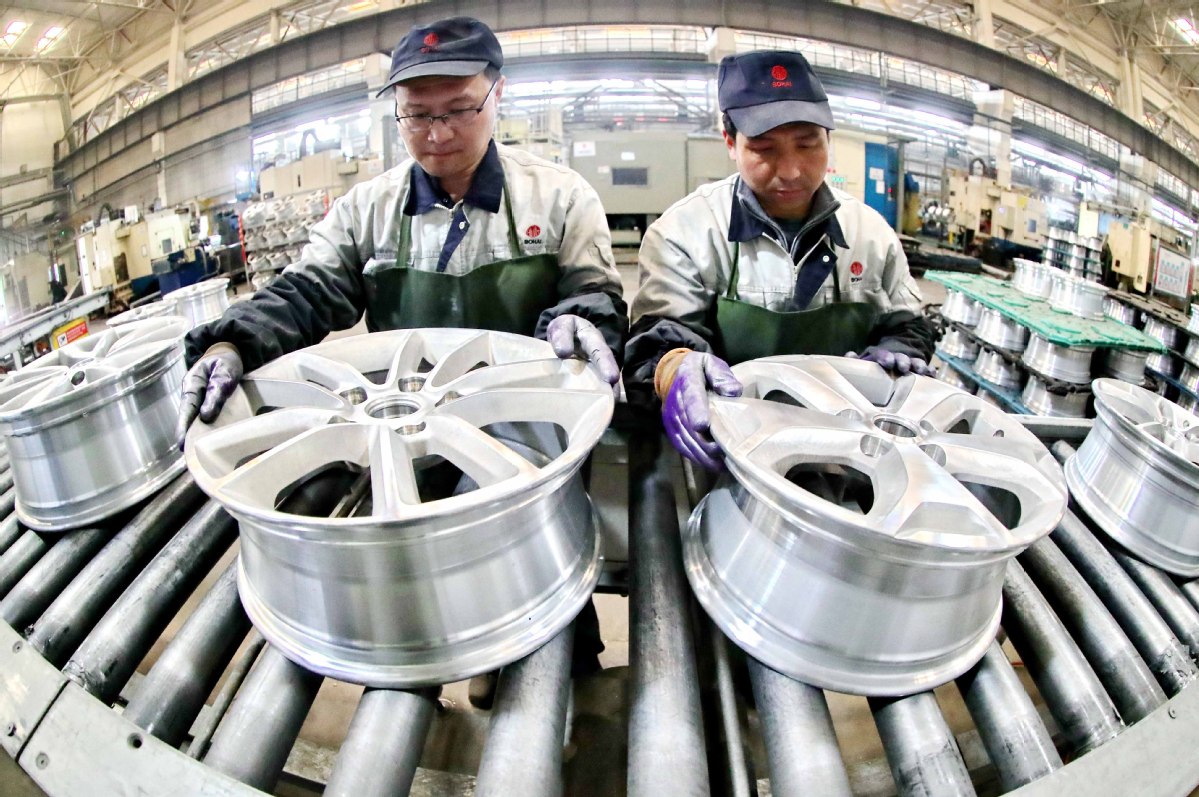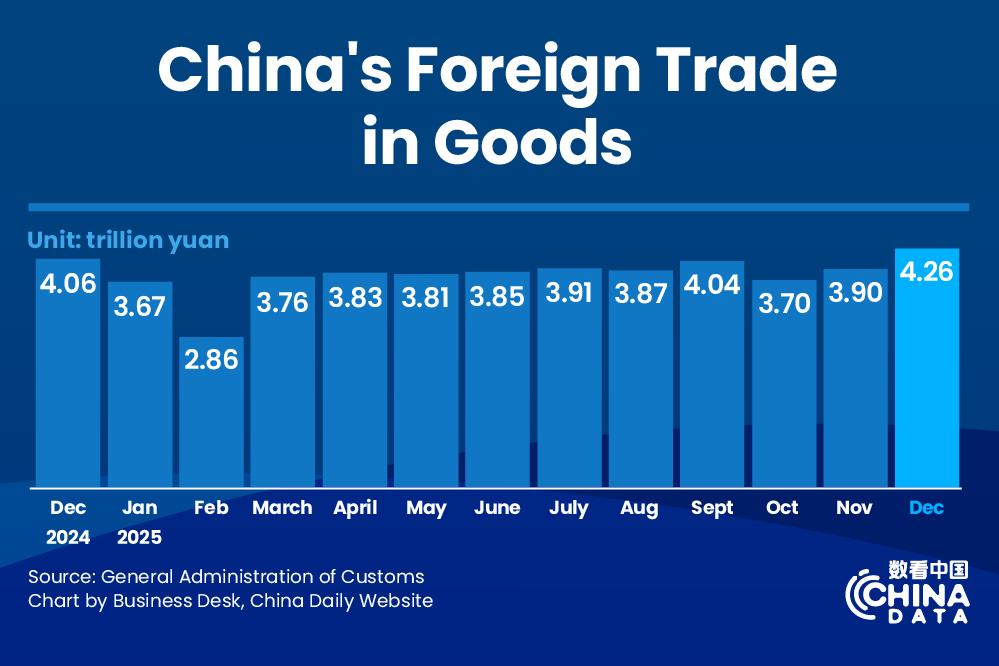WB sees stable growth in China


Strong domestic demand to sustain momentum, says multilateral lender
China's economy is expected to grow by 6.2 percent this year and by 6.1 percent next year, despite rising global uncertainties, the World Bank said on Friday.
The world's second-largest economy has remained resilient, although new trade tariffs have taken effect and global growth slowed, the multilateral lending organization said.
"China's economy will need to rely increasingly on domestic demand to sustain rapid growth," it said in the May edition of the China Economic Update.
China's growth in the first quarter was stronger than expected, and the growth momentum increased in March. Another positive factor to support the projection at 6.2 percent for this year is the government's strong fiscal stimulus package, according to John Litwack, the World Bank's lead economist for China.
"Next year, the escalation of trade tensions would not only affect China, but also the rest of the world. Partly because the prospects for world economic growth look lower than before," Litwack said in an interview with China Daily.
Although the direct impact on trade will be measurable and manageable, the impact on investor sentiment is difficult to gauge, and will depend on the degree to which the trade tensions are expected to be temporary as opposed to a longer duration, the economist said.
The renewed trade tensions have increased fluctuations in the foreign exchange market. Some investors speculated that the Chinese currency is under pressure, and the yuan's exchange rate against the US dollar may slip to around 7 - an important psychological threshold for stabilizing market sentiment.
"The exchange rate policy in China is more transparent than it used to be," said Litwack. "The main trends in the yuan exchange is mainly determined by economic fundamentals, but it can also be influenced by short-term speculative factors. The Chinese central bank has done well in smoothing volatility from speculative factors while allowing the market forces to determine the currency value."
The world's second largest economy recorded a GDP growth rate of 6.4 percent in the first quarter, unchanged from the fourth quarter of last year, compared with 6.8 percent in the first half of 2018.
The escalation in trade tensions between China and the United States, however, may lead to weaker business confidence and slower global trade growth, which is expected to weigh on investment and exports in 2020, said the report. The World Bank downgraded the projection for China to 6.1 percent in 2020, from 6.2 percent in the previous forecast.
"There is still some room for the central government to expand fiscal policy, although some local governments no longer have much space," said the World Bank economist. "The People's Bank of China has made a good decision to maintain a prudent monetary policy. The encouragement for commercial banks to lend more to small and private businesses is also helpful to stabilize growth."
The National Bureau of Statistics released China's official manufacturing purchasing managers index on Friday. The figure declined for the second consecutive month in May and stood at 49.4, compared with 50.1 in April, indicating the manufacturing sector's contraction.
"Production activities continued to expand in May, while demand slackened somewhat," said Zhao Qinghe, a senior statistician with the NBS.
China's nonmanufacturing PMI stayed unchanged from the previous month and stood at 54.3 in May, registering the fifth month in a row with a reading of above 54.
The manufacturing PMI reading weakened in May as escalated Sino-US trade tensions have impaired enterprises' confidence, said Liu Chunsheng, an associate professor with the Central University of Finance and Economics in Beijing.
"Enterprises adopted a wait-and-see approach to weather heightened uncertainty, dampening the expansion in business activities," Liu said, citing that small businesses scaled down activities the most as they are more flexible in decision-making and more vulnerable to negative shocks.
In the long term, China should stick to reform and opening-up, as well as technological innovation, to deal with lingering external uncertainties, Liu said.




































